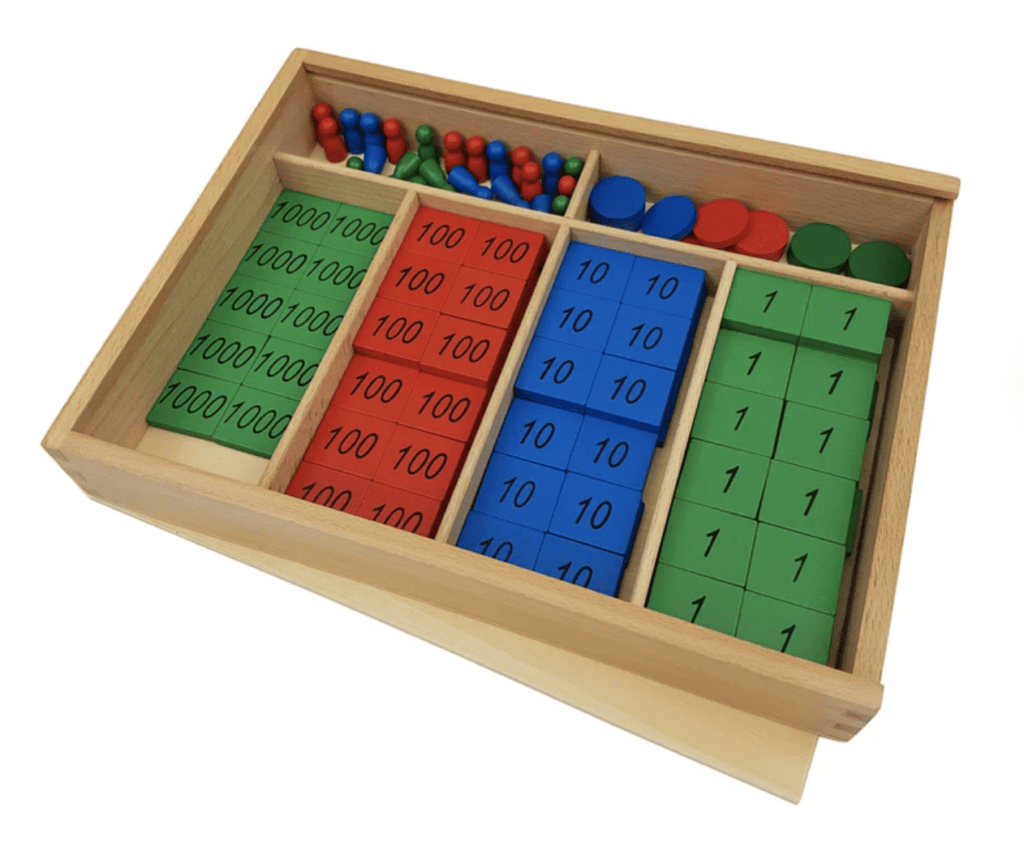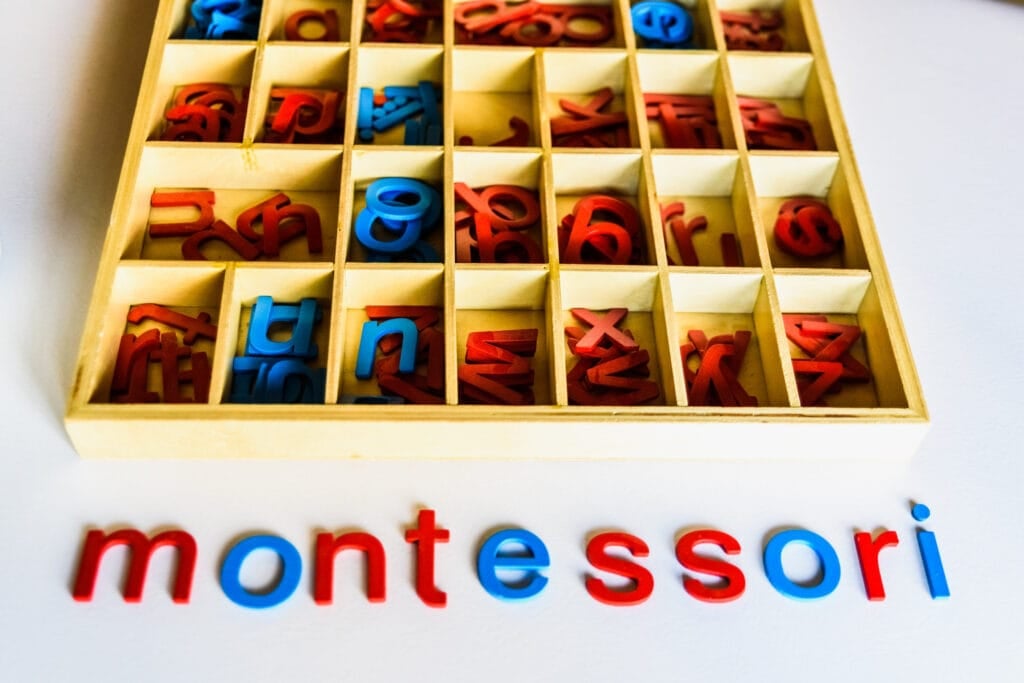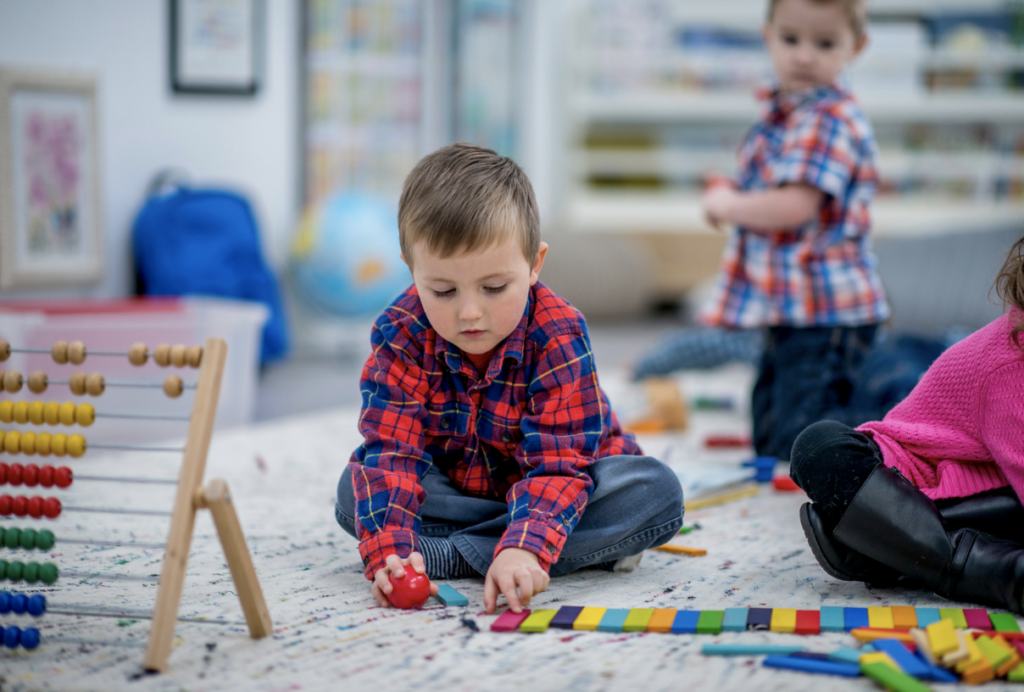When the
The
As the title suggests, we’ll explore how the
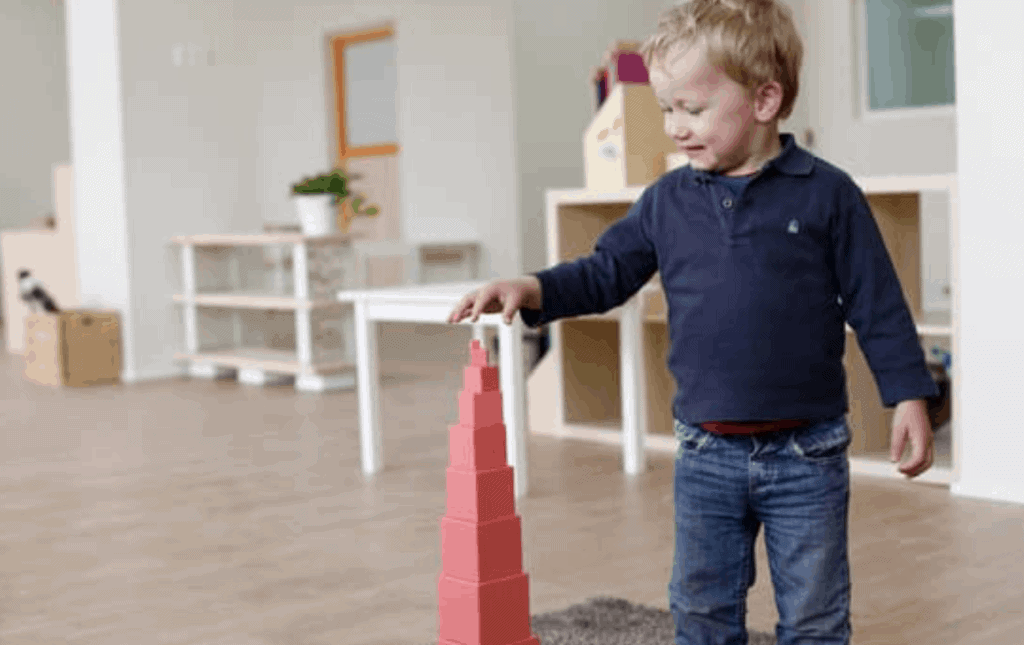
Maria Montessori
This method comes back to a woman’s 50-year study on children and their development: Maria Montessori. She lived during mid-1800s and was an Italian physician. Once she had completed her training as a physician, however, she went on to focus on the education of children. She noticed that there was a discrepancy in the educational stimuli that were being presented to the children and the stimuli that they actually needed.
From these observations and her work with children as a physician, she and others decided to create a method that would allow children to learn in an environment that catered to their needs. Her beginning classrooms continued a range of children’s ages which included children with learning disabilities. She wanted to see if all of her students would be able to cope with levels of learning that were thought too complicated or easy.
As she allowed the children to explore the activities set up for them, she began to notice that the younger children were able to manipulate the activities set out for the older children. The way in which they handled these tools benefited their psychological learning.
In addition to noticing that these younger children were improving their psychological learning on their own,
Montessori Methodology
From this success,
This leads readers to question how focusing on human development can be such an effective tool in teaching. This method is supposed to produce more than perfect students; it helps the children develop as individuals and teaches them about themselves and how to use that in an educational setting.
Abstraction, activity, communication, exactness, exploration, manipulation, order, orientation, repetition, self-perfection, and work.
Related: Is Montessori good for every child?
Below is a video of a primary school that uses a
Going At the Child’s Pace
In a Montessori classroom, there will often be multiple workstations for children to learn different lessons throughout the day. The students will get to choose what station they will be studying at that day and jump right into the work. The teacher will be more of a facilitator who moves throughout the stations instead of standing at the front of the class reciting a lesson. This helps build the aspect of independence and exploration of content. These stations will also aid the students in self-regulating.
The child will learn what they think they need and work on it at their own speed. Instead of keeping the whole class behind or speeding through content leaving some children behind, this method educates kids on how to understand what they think they need to know and how they will learn it. As they work on the tasks independently, this method promotes community learning. The students at the stations will be taught to help the others around them with the activity they chose for the day. This not only encourages students to teach others, but it also solidifies the information within themselves and gives them confidence in their own abilities.
Differentiation
The
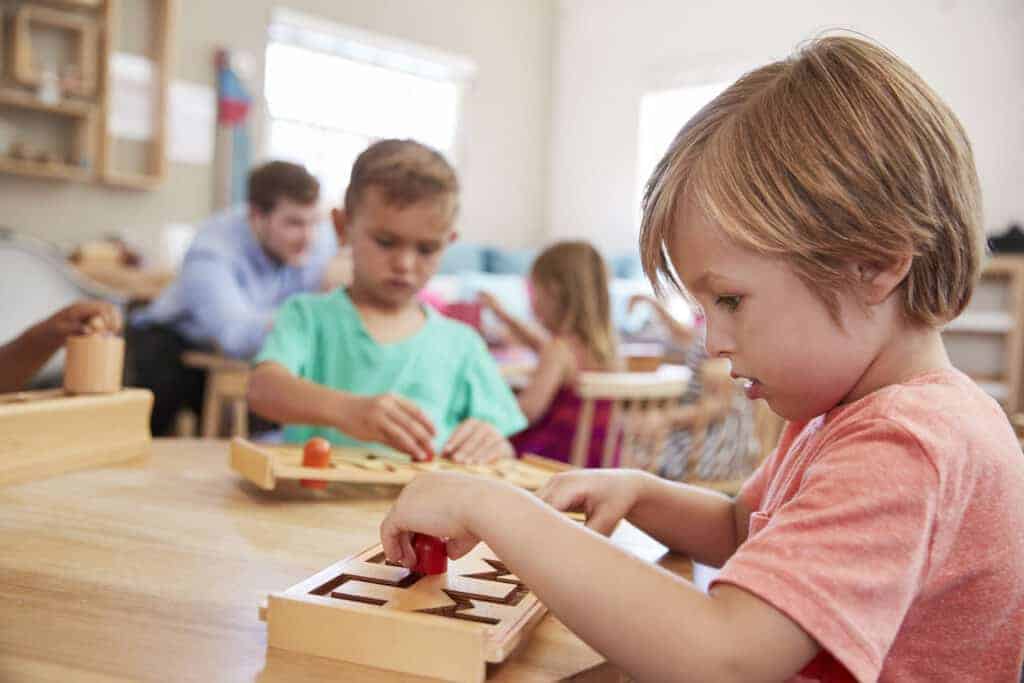
Hands-On Learning
The schools implement kinesthetic learning activities for those who learn by doing physical tasks. There will often be puzzle pieces of letters or numbers for them to create words or solve simple math problems. For the practical living skills, the student will work on reading recipe cards, taking care of plants, and working on motor skills like buttoning and unbuttoning fabric pieces. Tasks like these help focus students’ past mental engagement. They get to also physically see how they need to work through something instead of having to picture it in their mind. This makes sure the information sticks with them instead of just going in one ear and coming out the other.
Personally, when I was a child, physical activities were always the ones that helped me understand concepts the best. I have ADHD that was undiagnosed as a child so I needed the added aspect of walking around, grabbing stuff, and thinking through problems and scenarios with my whole body instead of just my sporadic brain.
Concrete to Abstract Concepts
Another interesting aspect about schools with
Along with this unique practice, they also go through typical school subjects of English, mathematics, science, art, and more. Many of these subjects include tasks that have them work on practical life skills that the students should be learning at that age. Depending on where they are in their development, children will learn the skills that they will be used in everyday life. Even though this sounds like it’s too much to put on a child’s mind at once, that’s where the beauty of this method comes in. The students are excited and more than willing to work on these activities. It is less of a tough lesson and more of experiencing something new as the teacher guides them through the topic.
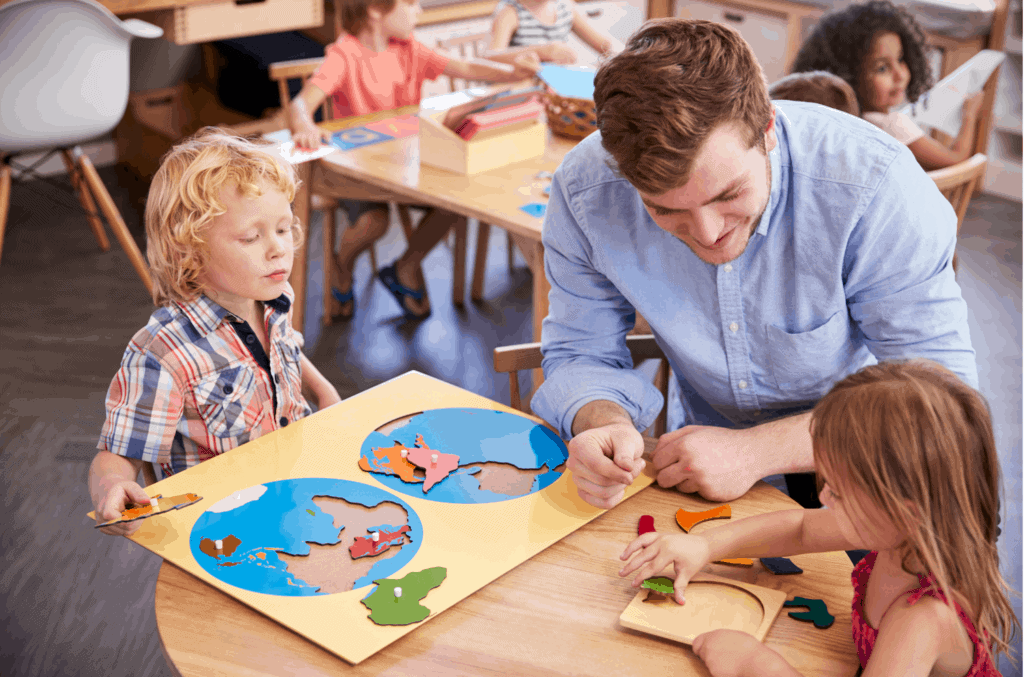
Pros and Cons of the Montessori Method
I asked on a Reddit forum for
“This is my personal experience as a
Montessori kid. I was enrolled in aMontessori school from grades 4-6. I absolutely loved the freedom to learn, but may have been too old to start in the program at that age. I took full advantage of that freedom and could frequently be found hiding in the closet reading a book instead of learning math.Montessori in my area ends after grade 6, so when I went through the tests to enter 7th grade my math skills were lacking and I was put in a regular non-honors math class. However, I was smart and picked up math fast so then I was at the top of my class and bored to tears because it wasn’t challenging, it took 3 years before teachers finally let me move into honors math and by that point, I was too far behind (because the curriculums from non-honors/honors were very different) and did not excel as well in those classes as I had anticipated. This led me to believing for many many years that I was terrible at math, which was not true, I just didn’t start with the foundation I needed to excel.I will say I’m pregnant with my first child now and I see a lot of value in
Montessori , especially when starting young. I think it does an amazing job fostering a lifelong love of learning which I still have to this day. I’ll be enrolling my child in a Montessori preschool when the time comes but will be seriously evaluating my localMontessori schools on math when it’s time for my kid to enter first grade. Recent reviews of my localMontessori schools show kids ahead in reading/writing but behind in math which was my exact experience and I do not want that for my child.”
According to this personal experience, they loved the fact that this method guided them to learn independently. It taught them to enjoy their education instead of viewing it as work and tasks. This is a huge benefit that is not found in many schools anymore. Many try to replicate it through creating “lifelong learners”, but it’s difficult in the environment of public schools where they are trying to balance keeping the students on task but also somehow telling them to be independent.
However, this individual brings up an excellent point of their difficulty in being transitioned into the education system too late in life for it to be fully effective. Their struggle with the method can easily be any child’s heartache if they are put into this new learning environment after being in a typical education system. It is easy to teach a new method from the beginning, but having to help a student unlearn a different way of learning before using the new way is burdensome. Since they were suddenly given freedom that they previously had never had before, they avoided subjects that they disliked studying which stunted their future progression in school. This may not be everyone’s experience, but this is a serious perspective that must be considered before enrolling your child in this system.
Even after the ups and downs of this method in this person’s experience, they still consider the Montessori curriculum to be the best fit for their child. In the end, parents know what their child needs and knows which path is necessary for a positive learning experience.


